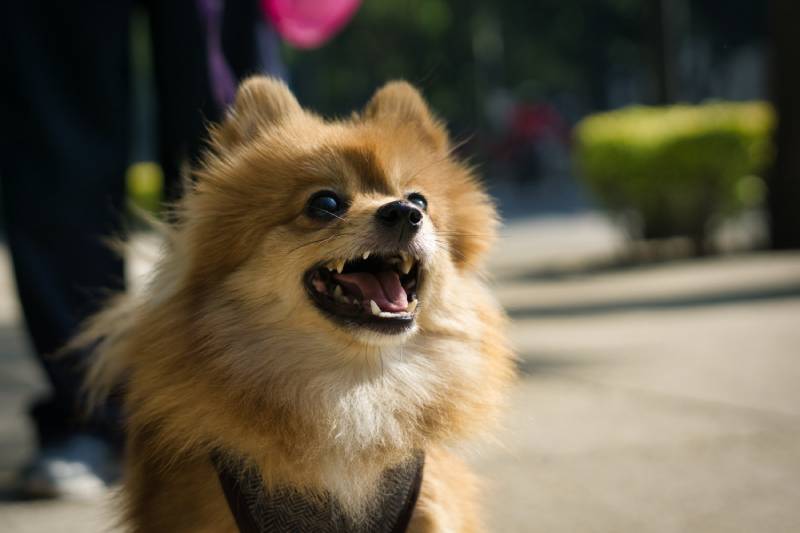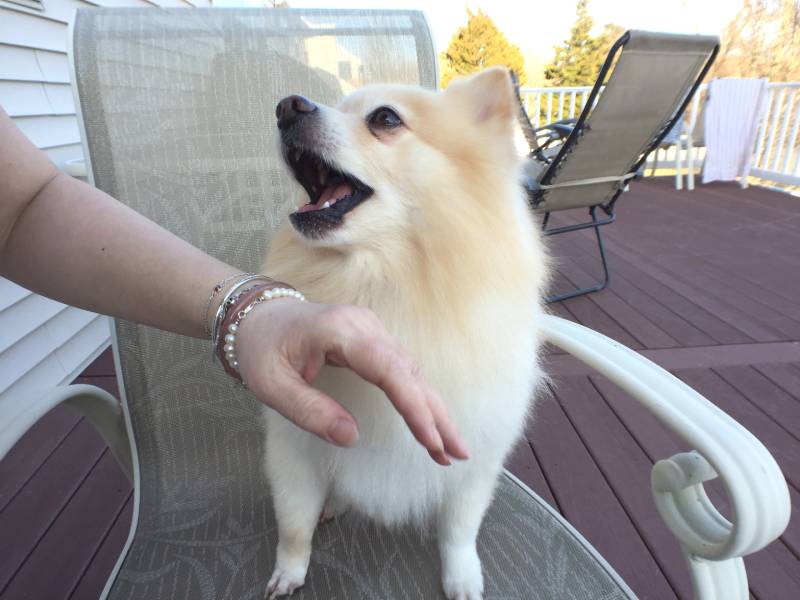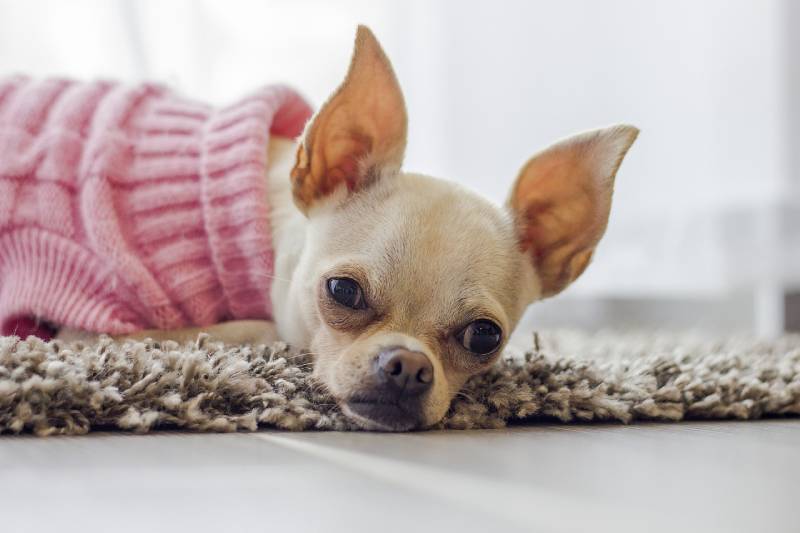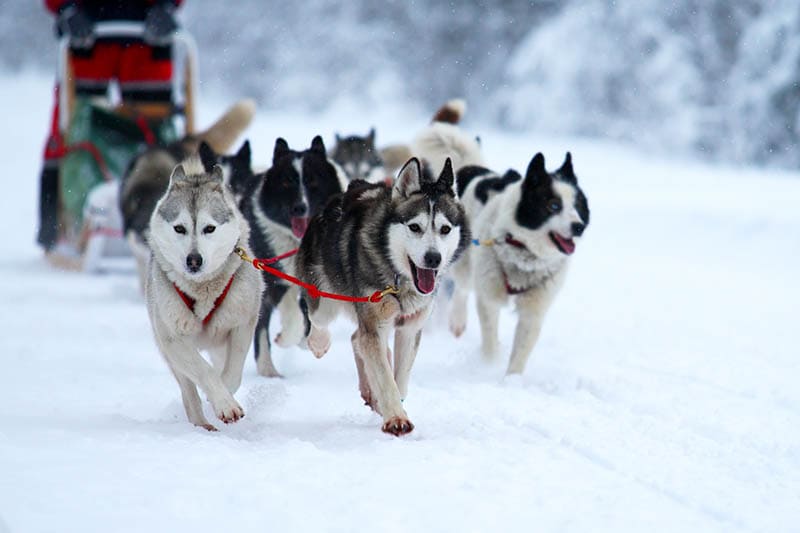Are Pomeranians Aggressive? Read Before You Get One!
By Kit Copson
Updated on

With an outspoken, bold, and chipper personality, the Pomeranian is famous for being quite a character packed into a little, puffy body. These dogs are undoubtedly assertive, but does this mean they can also be aggressive? To answer this, as long as you do your research before getting your Pomeranian and commit to properly training and socializing them, aggression shouldn’t be a problem.
In this post, we’ll explore the Pomeranian’s personality more and how to differentiate between a playful dog and an aggressive one.
The Pomeranian Personality
Every Pomeranian is unique in personality, but the character traits this breed is known for include confidence, outspokenness, affectionateness, and playfulness. Underneath all that cuddle-worthy fluff and cute face is a rather bold character—they’re the kind of dogs that think they’re bigger than they actually are. Pomeranians make wonderful companions to committed humans.
In terms of barking, Pomeranians are known for being quite vocal. Dogs bark to alert their owners to something, to warn someone or something away, to greet you, to express how they feel, and communicate with other dogs.
Those unfamiliar with dogs may perceive certain types of barking as aggression, when, in many cases, it’s an attempt at communication or to express a need or feeling. Further down, we’ll share some signs of aggression to watch out for.

Are Pomeranians Good with Kids?
According to PetMD, Pomeranians can also be possessive over certain objects and “nippy” with young children, but this also depends on the individual dog. The American Kennel Club gives Pomeranians a three out of five rating for child-friendliness.
Though not every Pom has the same personality as the next, based on this information, Pomeranians may not be best suited to a family with very young children who don’t understand boundaries. They would likely fit better into a family with older children.
Signs of Aggression in Dogs
When you’re still getting to know your dog, it can be hard to tell if they’re displaying aggression or simply being playful. Roughhousing, for example, is a behavior that can seem scary to a new dog parent, but it’s really just dogs playing with one another as they would in the wild. Roughhousing can involve chasing, grabbing, growling, barking, and pouncing.

Roughhousing only becomes a problem when it’s too much for one or both dogs and crosses the line between play and aggression. A dog engaged in normal rough play will seem relaxed rather than wound up, and certain behaviors, like bowing, yipping, growling, or barking in an excited manner, displaying the belly, and “grinning” are clues that it’s just dogs being dogs.
- Rigid body posture
- Baring teeth (not to be mistaken with “grinning”, which gives a dog a much jollier expression)
- Growling with snapping or snarling
- Ears pinned back
- Crouching down
- Tucked-under tail
- Lunging
- Charging
- A low “guttural” bark
- Biting
In some cases, dogs will try to appease the real or perceived threat before acting out aggressively. This may involve avoiding eye contact with the person, animal, or object by turning away from it or squinting the eyes. Some dogs may lick their lips or yawn. Be vigilant for these signs as they may escalate into something more serious.
Closing Thoughts
Though Pomeranians aren’t typically aggressive as long as you socialize them from an early age, if you’re noticing signs of aggression in your Pom, whether towards people or other animals, we’d recommend working with a professional behaviorist.
A pro will have the tools to help you figure out what’s causing the behavior and how best to nip it in the bud before it becomes a major problem. If you’ve just brought a Pomeranian home, consider getting them signed up for obedience and socialization classes so you can get some extra support along the way.
Most importantly, remember to ensure your young Pom has plenty of positive, relaxed interactions with other dogs and people from an early age. These interactions are key to making sure your Pom has the confidence to face the big wide world without acting defensively.
Featured Image Credit: Polo Gtz, Shutterstock












